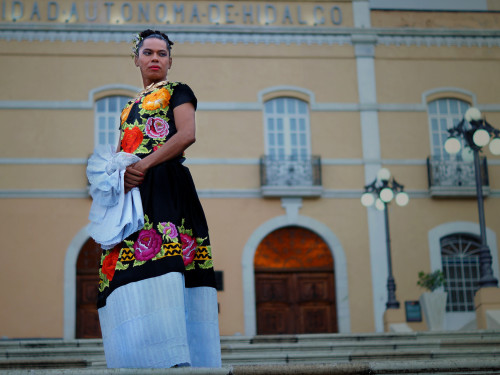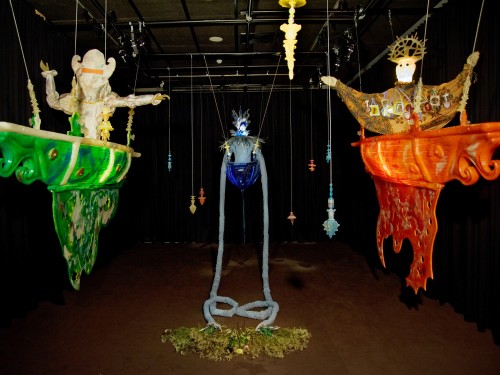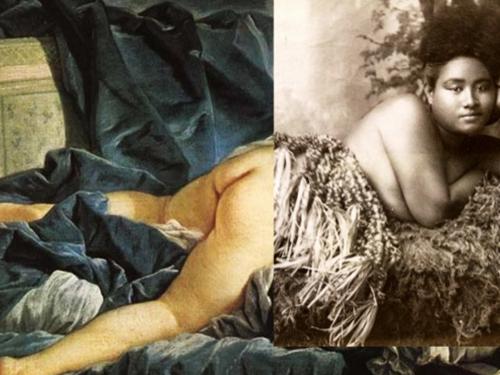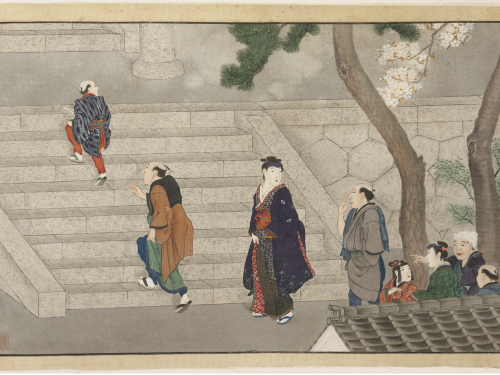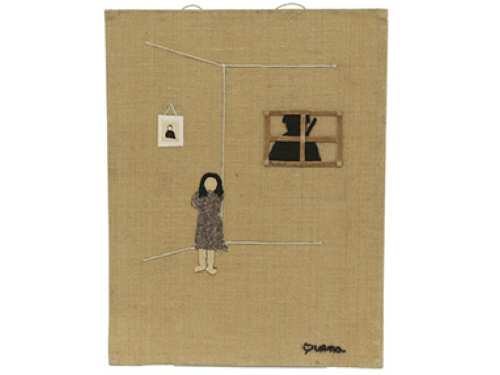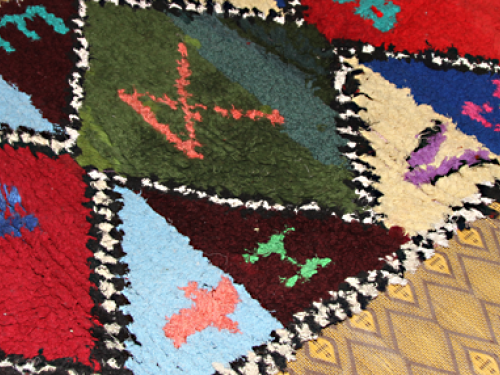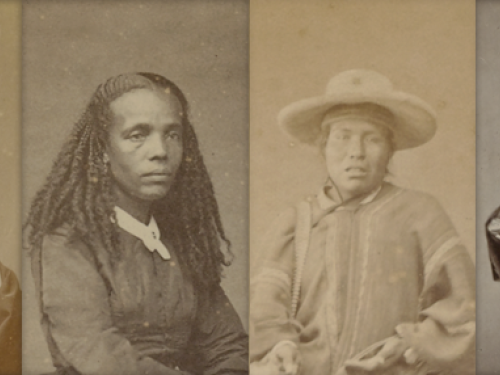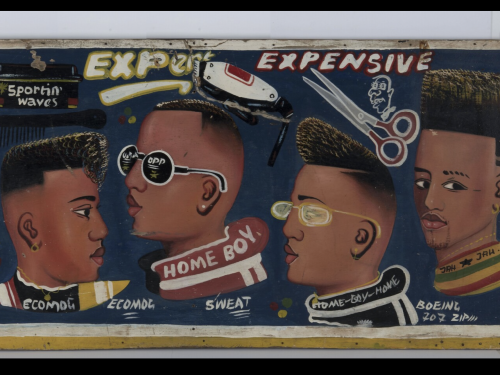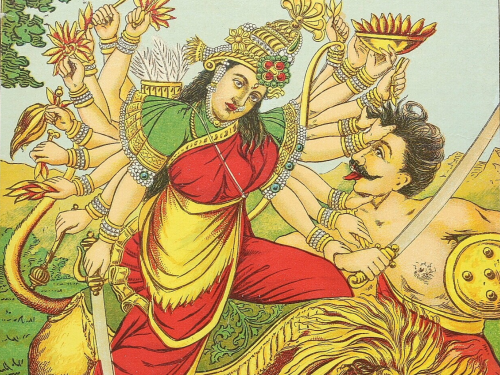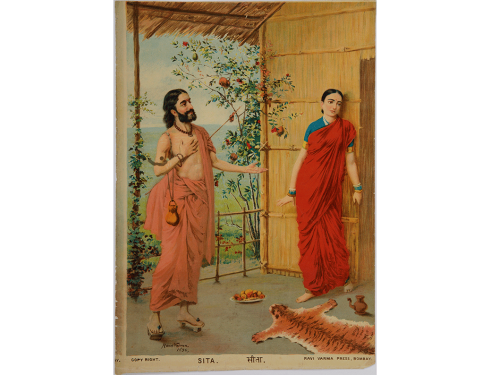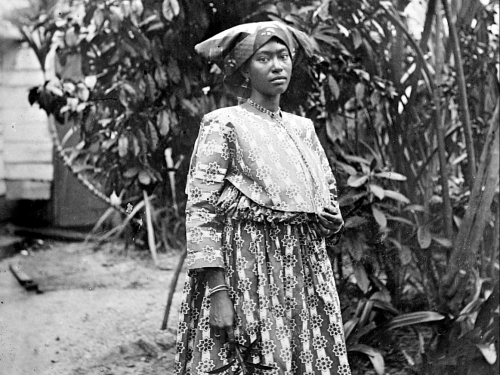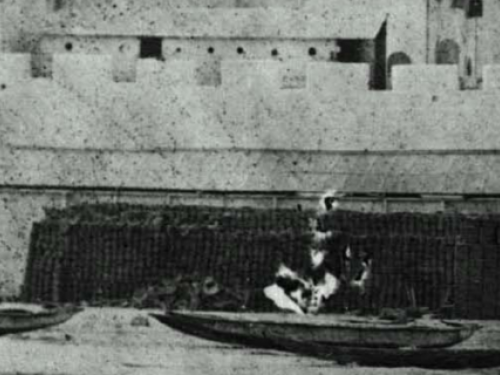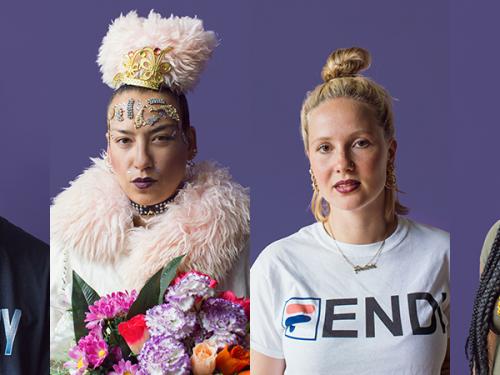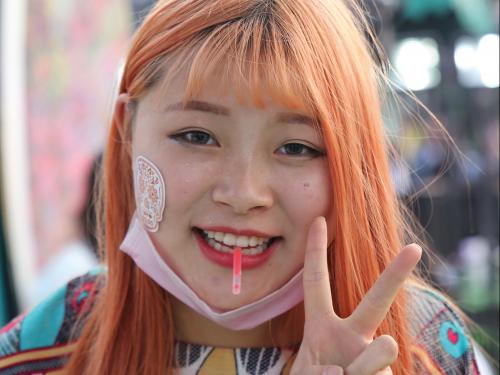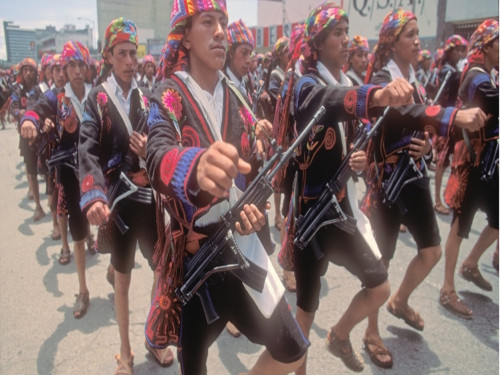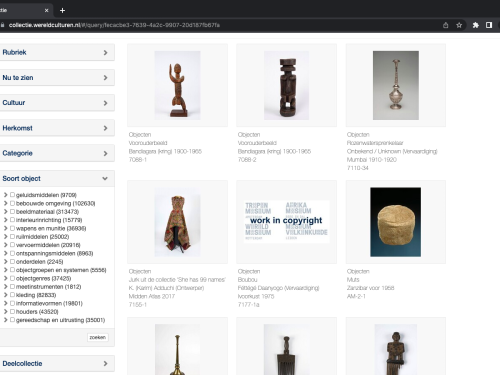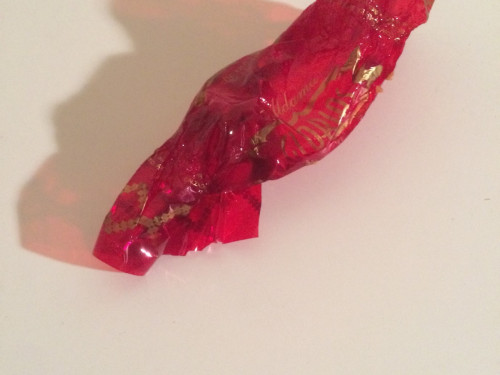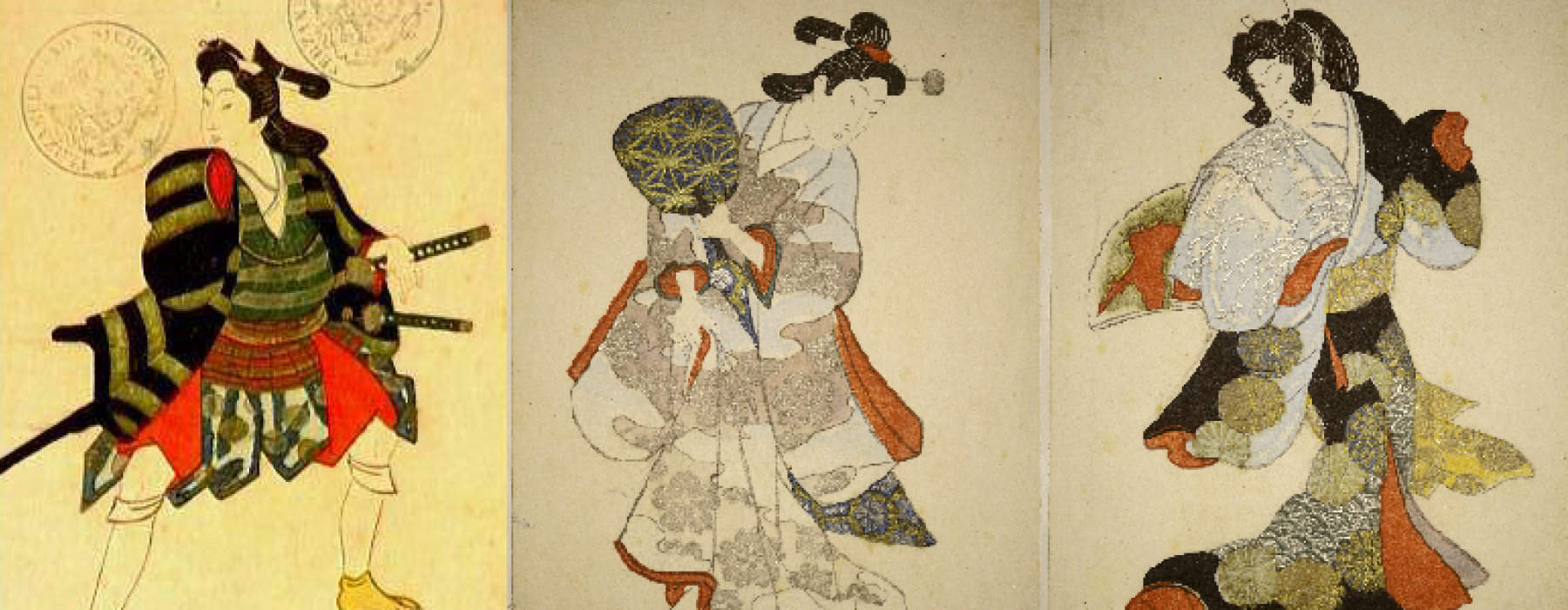
Gender, at first contact, was not a travelling concept. It was a colonizing concept. Collecting practices that engendered the earliest ethnographic collections were decidedly European and male. These collectors, who understood male:female as normative and binary, deployed gender, among other concepts, to categorize and produce knowledge about non-Western peoples and their cultures. Under a colonizing gaze, European ideas of masculinity and female domesticity were mapped onto objects and others: weapons related to hunting and warfare became ‘male’, while baskets, textiles, and objects related to food preparation became ‘female’. If some of these materials and practices resisted such binary ordering, it was ascribed to an anomaly in the other culture rather than in the category itself.
Thankful to Amal Alhaag, Carrie Nakamura, Wayne Modest, and Wonu Veys, for the thinking that has gone into this complex, challenging and rewarding research question, we invite you to keep up with us for updates to this project and its publications: see our 2020 Brown Bag with some of the researchers contributing to the publication/s planned for 2022 and 2023. Also see the Call for Papers, for volumes edited by Wonu Veys, Josep Chanza, and Alessandra Benedicty-Kokken. The first articles came out in April 2023, followed by an article per month throughout most of the later part of 2023, and a special volume of the Journal of Material Culture, due out in December 2023.
To the extent that ethnographic museum culture has become more attuned to a self-reflexive questioning of those conceptual categories used to produce knowledge about others, it has done so rather reluctantly and superficially in practice. The female/male axis is treated as normative in expositions of cultures and their social structures, and the gender construction itself is rarely questioned. Given the increasing prominence of gender issues in public discourse over the last few decades – the normalization of queer sexualities, transitive, fluid and multiple genders, or the rejection of gender as an identity category outright - it is somewhat strange for a public institution, still reliant on public interest, to produce exhibitions that maintain such a simplistic, even regressive, model of gender. Moreover, even a cursory glance of NMVW collections confirms that fluid sexualities, other constructions of gender and gender ‘hacks’ are decidedly not a new, nor a Western phenomenon.
What might it then mean to question and examine gender categories differently in the museum - as transitive, porous or relational, rather than as fixed and binary? How do ethnographic objects themselves articulate, undermine or complicate ideas of gendered boundaries and bodies? How might our understandings of, say Buddhism or contemporary design, change when collections are queried through a broadened understanding of gender? And what might these collections contribute to more public discussions that call to expand or dispense with gender categories outright?
Intellectual inquiry text: Carrie Nakamura
(Process, updated by RCMC)

